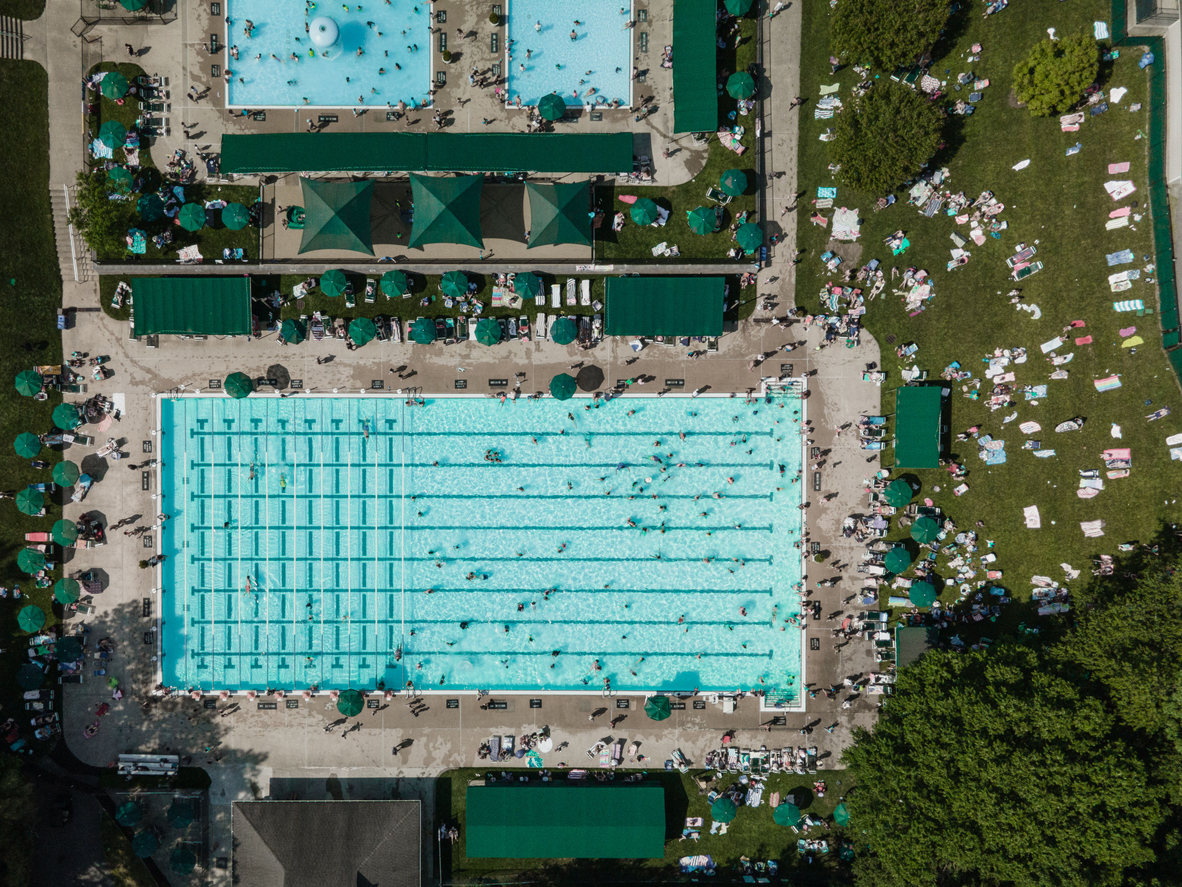certification
Justin Time: Pool Opening Is NOT Just One Day
By Justin Ivey, CPO, CPI, CMS, CST, CHTT
 Ensure your facility is ready before the crowds start coming in!
Ensure your facility is ready before the crowds start coming in!
Part 1 - Preparation
For the areas of the country where pools are enjoyed seasonally, swimming season is just around the corner. Punxsutawney Phil, the beloved Pennsylvania groundhog, did see his shadow on February 2, predicting six more weeks of winter. However, even with that timeline, warm weather and spring feelings should arrive by the end of March! Preparation for the pool opening starts with the warm weather arrival, even if it is not warm enough for swimming. As the outside temperature heats up, the water in the pool also starts to warm up and become attractive to algae and other contaminants. By preparing properly and opening at the right time, we can set up for a wonderful season!
The first to-do list item on the Seasonal Opening Checklist found in the Certified Pool & Spa Operator (CPO) Handbook is to start opening procedures at least one month prior to the scheduled opening day. This gives ample time to replace items that have reached the end of their service life and react to any observations of repairs needed as the area and equipment are prepared. Let’s focus on some specific areas of preparation, calling back to the Seasonal Opening Checklist as we progress!
Safety
Safety equipment is required at your public pools! Unfortunately, the same requirements are not repeated from state to state or even town to town sometimes. It is imperative to understand what your local health department requires you to have. Part of the preparation for the pool opening is to find the safety equipment, verify it is in life-saving condition, clean it, and install it around the pool where required.
- If you have a life ring, make sure it is properly attached to the rope at the right length and that the rope and ring are not cut, cracked, or in disrepair. This equipment can only be replaced, not repaired!
- If you require a safety hook (shepherd’s crook), ensure it is on a single pole of the right length, not a telescopic pole you might use for vacuuming or skimming. Also, ensure it is properly connected to the pole. Most instruction manuals for these products require they be attached with a nut and bolt, not the plastic clips that hold in skimmer nets and brushes.
Safety equipment should be cleaned after being in storage or outside for the off-season as well. In a situation where a struggling swimmer needs assistance from one of these devices, they won’t want to grab a mildew-ridden life ring!
Signs are also required, and also have changing requirements from jurisdiction to jurisdiction. Beyond the requirements for what the signs must alert swimmers and visitors in the pool area about, they must be legible! It also helps if the supplied mounting holes are not broken through. Place an order for any signs that are illegible or broken. Do not try to make your own!
A first aid kit must also be present for the pool. Last year’s kit most likely has some dried out Band-Aids and other expired first aid equipment inside. Open the first aid kit and determine if any inside components need to be replaced, or if an entire new kit should be supplied for the season.
Inventory
Chemicals! Understand your storage capacity and limitations for your balance chemicals and sanitizer. The stock from last year, if stored properly in a cool, dry location, is still good to use but is not enough to get you through the first leg of the season. Place an order or pick up chemicals before you take the cover off the pool.
Besides the chemical inventory, walk around and observe the equipment and peripherals. Are the return eyeball fittings and skimmer baskets in the same location you left them after closing the pool? How about the bag for the winter cover? Locate all the pool-opening peripherals and equipment and make sure it is all in condition where it can be installed.
Visual Inspection
Walk the pool area, the equipment room, and the chemical storage room. Make note of any repairs that need to be made for items that must be fixed before opening. Take special note of the cover status. If it needs repairs because of a rip or needs to be replaced because it is too thin and worn, this work should be done mid-season before closing.
At this time, also check your perimeter fence and the gates to make sure they still auto-close and latch. They may need a little assistance after spending the winter outside!
Pool Water
If the pool is not scheduled for swimmers until Memorial Day weekend, you may want to treat the water to fend off algae blooming under the cover. Chemicals can only be added if you have a way to circulate the water. Do not just dump in chlorine without a way to mix it in. After peeling a corner of the cover back, drop in the pump to start water movement. Slowly add premixed chlorine and water and allow it to circulate with the submersible pump for some time before taking it out. The chemicals added during the closing to fend off growth are gone, so bolstering the pool with some chlorine now will help maintain a residual as the water warms up!
Communication of your pre-opening preparations is very important. Inform others who work with the pool and those responsible for orders and repairs of anything you discover. The more you prepare now, the easier the day the cover comes off will be! Use the Seasonal Opening Checklist (Reference A-5 in the CPO Book) as a guideline to create your own process. Swim season and warm weather are near!








